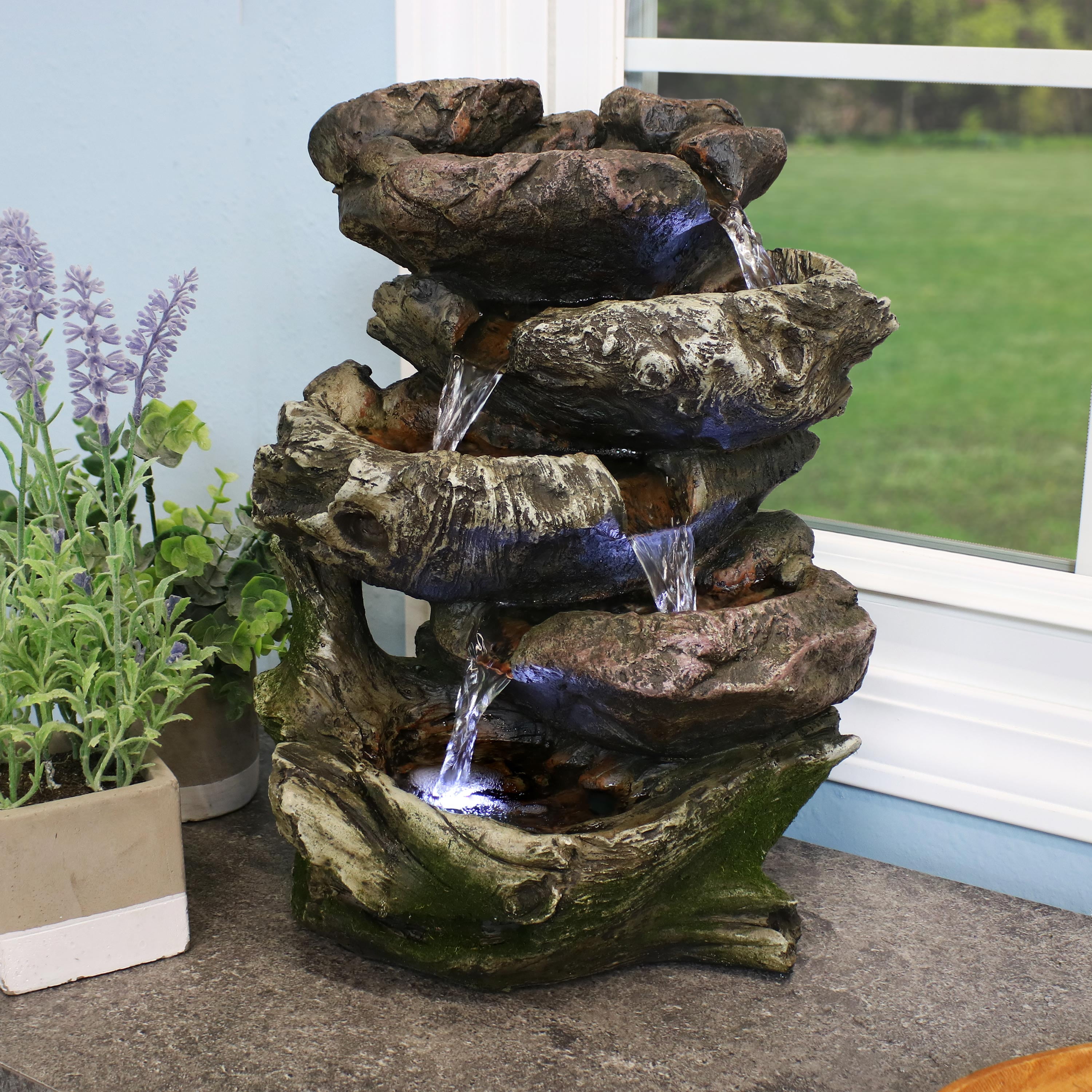

This process is the same regardless of the volume of water that’s falling into a still body of water. The water droplet basically becomes a miniature Helmholtz resonator. In short, this means that smaller air pockets resonate at a higher pitch than larger ones and that the pitch increases as the air pocket decreases. Gravity then restores the water’s surface equilibrium, and in the process forces the trapped air out.Īny sound caused during this process by the water vibrating resonates at a frequency that’s inversely proportional to the volume of the air trapped under the surface. This bubble then pops, releasing the air, which creates a sound.īut if the water’s surface doesn’t completely close around the drop before the drop’s surface collapses, you end up with a kind of teardrop-shaped pocket of air beneath the water’s surface.

If the water droplet doesn’t have enough energy to break the surface tension, the water closes around the droplet, which traps some air inside the “bubble”. This process may or may not be strong enough to break the water’s surface tension. When this comes into contact with the surface of the still water, the kinetic energy becomes vibrations, which convert into sound waves.īut in more detail, the water droplet pushes the water’s surface down and penetrates into the water to a degree. The science behind waterfall noise is quite interesting but can become complicated when you start involving fluid mechanics.Īt the most basic level, water falling has some amount of kinetic energy from its movement.

While many people find the sound relaxing, it can be irritating if you need to concentrate on something important or are trying to sleep.īut why exactly does water make noise when it falls? The most common sources of waterfall noise in the home are either backyard water features or fish tanks. Hopefully, by the end, you’ll have a good solution for this distraction. In this article, I’ll look at the science behind waterfall noise along with the best ways to reduce it. This will drastically reduce the noise it makes. You’d be best to use something soft like a sponge, but you could also fit a ramp so the water pours rather than falls. The easiest way to reduce waterfall noise is to put something at the bottom to break the water’s fall.
#Water fountain with sounds how to#
If that’s you then you probably want to know how to reduce waterfall noise. I’ll let you know how I get along but for now I can’t hear it at all and it’s a few feet away.While I love the sound of falling water, I know some people can find it irritating. Rinsed the whole inside and refilled it almost to the top. Then cleaned inside thoroughly with the smaller pipe cleaner. I disassembled the pump and pulled out the impeller by hooking one of the fins with the circular loop part of the pipe cleaner. I washed the black sponge filter out with hand soap and rinsed it thoroughly. I tightened it back securely, but also tried it without the yellow center and it was fairly quiet. It’s hard to get a grip on it to rotate it but if you sort of try to turn it lefty loosely, it unscrews.

I didn’t notice any debris to be honest but I discovered that the center part of the flower (yellow) can be unscrewed from the petal structure (white) and cleaned. You can pop off the upper flower part and clean the inside of that too. Took the included pipe cleaners and cleaned the flower stem tube. Washed the top steel drip plate with soap and rinsed it thoroughly. Not sure what exactly had the most positive effect but it is deadly quiet right now. I had this same issue and I resolved it this way.


 0 kommentar(er)
0 kommentar(er)
